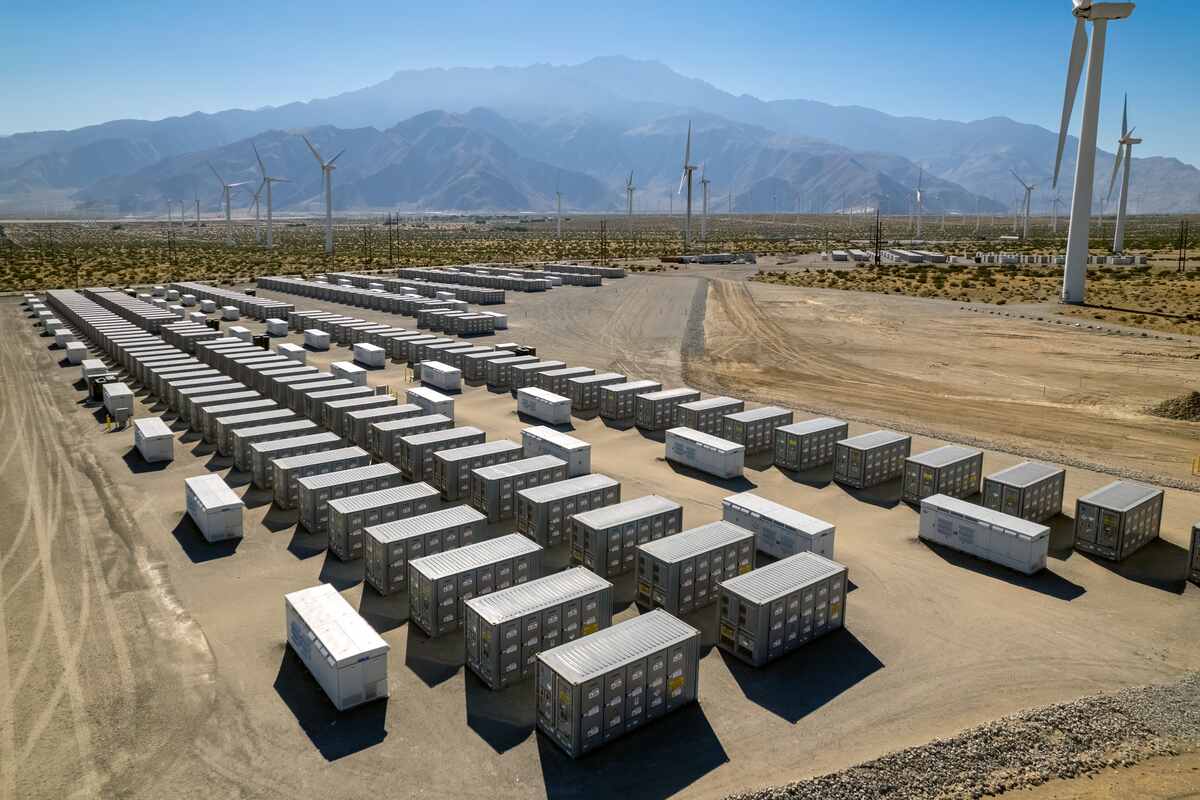The International Energy Agency (IEA) anticipates a significant decrease in battery costs for energy storage in the coming years, triggering a rapid shift towards renewable energy sources over fossil fuels. In its recent report, the IEA also highlights the pivotal role of energy storage systems in ensuring the reliability of renewable energy sources such as solar and wind power, which are subject to weather changes.
The IEA predicts that the total capital costs of battery storage will plummet by up to 40 percent by 2030, facilitating greater affordability and accessibility of energy storage systems. Moreover, the combination of solar PV and batteries is becoming increasingly competitive, even surpassing new coal plants in certain regions like India.
Currently, the transport sector uses almost 90 percent of lithium-ion batteries, prioritizing characteristics such as density and weight. However, there is substantial potential for cost reduction in energy storage batteries, which can be larger and heavier.
Besides, cheaper lithium iron phosphate (LFP) batteries accounted for 80 percent of new storage batteries last year, the IEA added. The agency notes that cheaper sodium-ion batteries will account for less than 10 percent of electric vehicle batteries by 2030. However, they will make up a growing share of energy storage batteries.
Read: Affordable Tesla EVs coming in 2025
The global market for energy storage witnessed exponential growth, doubling in size last year to over 90 gigawatt-hours (GWh). Furthermore, the IEA anticipates a six-fold increase in global energy storage capacity by 2030, with batteries comprising 90 percent of this expansion.
For more news on sustainability, click here.




